The Female Gaze: that’s the revolution!
… Bring on the Vikings!
In part 1 of this post I explained how the old-fashioned male gaze in stories (written or on-screen) is incomplete and stereotypical, but still wildly employed today. I’m narrowing this topic down to the historical genre of Viking times, because then I’ll know best what I’m talking about 😉
Viking adventures by Low and Cornwell: the male gaze excludes women
I’ve read and enjoyed Viking adventure novels by both Bernard Cornwell and Robert Low. 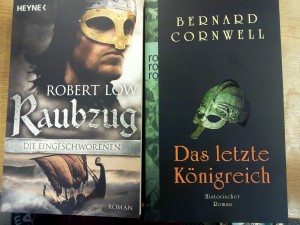 They were handed to me in the bookshop with the words: “These are real men’s books.” *cringe* This comment shouted: the seller simplifies both me and the book, she doesn’t know me and almost put me off with that excluding comment. I was looking for Viking adventure, I didn’t buy it for a man, so what is she implying? I’m a normal customer with a varied taste, full stop.
They were handed to me in the bookshop with the words: “These are real men’s books.” *cringe* This comment shouted: the seller simplifies both me and the book, she doesn’t know me and almost put me off with that excluding comment. I was looking for Viking adventure, I didn’t buy it for a man, so what is she implying? I’m a normal customer with a varied taste, full stop.
But that comment also shouted: “Watch out, MALE gaze in there!”, and it’s exactly what I found in the books. The stories are entertaining historical adventure with lots of fighting, blood and pillaging, very accurate and well-researched. I liked reading them, for the fun factor this has for me (as a woman, surprise!), and the harsh world of the Vikings came to life for me. But both authors clearly employed a male gaze in that 95 percent of the characters are men, ALL leads are men, and the moves and problems shown are all men’s actions altering the story’s course. Women are only shown (by both authors) as faceless whores or slaves the men take whenever they feel like it, or as mothers and housewives with equal lack of originality. Brida, Uthred’s female companion in Cornwell’s “Last Kingdom”, was almost an exception, because she was by the hero’s side in many scenes, but again described quite bland and more like a shadow.
I’d like to know if the authors excluded females because they didn’t know how to portray them? Or are 50 percent of the population ignored because these women didn’t make sense for the stories? I’d say whatever the reason, the Viking society lends itself to portraying more diverse women, as they had a better standing and more diverse roles than in most other societies of the time, before the arrival of Christianity. So I conclude that the male gaze simplified and excluded women characters maybe because the authors couldn’t put themselves in the position of women at the time, or they felt no need to do so.
And they get it wrong in cases like these: Cornwell describes Brida, the childlike lover of the male lead, as totally unaware that she was pregnant at all (I frowned there, because these kids are really athletic and slender) and then giving birth on her own in the woods, with a calm mind (omg, she is a child then!), and because the baby is still-born, they bury it and forget about it. She just goes home. This whole traumatic experience for the female character was dealt with in a short paragraph. Then, as if glad to be done with that female problem (because readers would wonder about birth-control as the kids regularly slept with each other), the author continues to dwell on shieldwalls and battle tactics for many many pages at a time. The female view is just disposed of as quickly and shortly as possible.
So I guess Carol McGrath is spot-on in observing:
@sarahdahl13 and there is a need for more female writers of Viking stories too.
— Carol McGrath (@carolmcgrath) April 6, 2015
I enjoyed both stories for their entertainment factor and historical accuracy in the details, and as a female reader, I, too, can enjoy the blood and battles just like I enjoy a good Bond-movie, but wouldn’t you agree that men would equally enjoy a more female (and complete) view on things?
I feel quite annoyed by a story that skips half of a society, employing just the usual stereotypes of women, and which is marketed and sold to me as “for men”. I want the whole picture, some effort on the authors’ side to make their world-building complete!
Whoever author needs help with thinking up women-characters that are more than just “strong women” as another stereotype should start with Chuck Wendig’s post on creating women and girls that possess an agency. Enjoy his sharp tongue, then come back here to see how it can be done.
Vikings’ revolution: the female gaze constructs empowered protagonists
The History Channel’s Vikings could be topic of a really long discussion, dealing with how accurate it is in settings, outfits, time frames, etc. It definitely takes huge freedoms in all respects, and could be called fiction with historical references. This is not what I want to criticise here. I, too, frown at some battle gear and even fighting moves, let alone people meeting that historically never crossed paths.
But we are talking about the female gaze: I think the series manages to employ more of it than the aforementioned authors, and more than most screen-productions these days. Yes, it’s still all battles, duels, politics and religion, but women are part of all those, and we see more of the protagonists daily lives which in EVERY scene includes women. They are everywhere, they are leaders, murderers, lovers, mothers, fighters, victims, and even fight in shieldwalls. The range of women displayed is much greater than in the typical “adventure novels” sold as “male-targeted” (see above). And I go as far as to conclude that the show has such a diverse and HUGE female audience (in contrast to the aforementioned books by Low and Cornwell), because women’s lives and struggles are included, instead of ignoring their reality.
That many men on there are well-built and handsome is just a yummy side-effect that restores some eye-candy-balance for me, and I’d be outraged if anyone suggested that the female audience would be satisfied with just that. Women love the realistic display of female figures, is my guess. Vikings-Women can change the course of events. They influence the home and battlefield and are empowered in all aspects, even the marital bed: yes, we see rape, just because rape is an ever-existing threat to women at all times and everywhere. But then we also see women who enjoy their relationships and sex-lives, Lagertha and Ragnar in the early episodes seem very imaginative and equal partners in bed and in their home, and she even attacks him physically when he treats her wrong. She doesn’t submit to him in any respect and is the most loved character by both men and women-viewers.
And what a surprise was the introduction of Kwenthrith, a princess who inspects her new Viking warriors, literally hands-on, so that her assault on men’s bodies turns the usual machismo upside down. I can’t say whether these men liked her attitude. But she brazenly states that she’d like to “breed with them”. She’s broken and quirky and obviously a nymphomaniac manipulator. But damn, I enjoy her attitude and depth of layers!
It is not by accident that Lagertha, the mother, fighter and later on leader of hundreds of men, has — I dare say — most fans from both sexes. Men, too, do enjoy the female gaze and POV, they DO relate and enjoy a woman in action other than being seductive or being victimised! She really drives the plot and the whole audience appreciates it.
And now fooling around with the above-listed examples, and Part 1 of this post: could you imagine a cover for a Vikings-DVD with the strong and diverse Lagertha hanging limply in Ragnar’s arm, an admiring, upwards stare at the strong man holding her? She’s not that woman, not even in bed with him. Could you imagine the sassy Claire of Outlander in the same position, submitting to her strong Jamie? She’s not that woman either. And both their audiences are very diverse and interested and engaged, I see no reason to make woman-characters so bland and stereotyped as in my examples. And men acknowledge diverse characters of any sex in just the same way! What’s more: they often comment that they just love watching an empowered female character.
Female empowerment in stories is overdue
It is about time all (screen)writers acknowledge the flexibility of their male audience and start to include the female gaze in their works, and if they don’t know how, learn how to do it. Women-writers write complex male characters all the time, too, we were brought up with a male gaze on things. Maybe that’s why we have it easier to incorporate male protagonists in our stories. We saw nothing BUT men in action, and passive women when we were brought up. It started with Disney princes and doesn’t end with modern block-busters.
So let’s listen to the male audience that really appreciates diverse female characters AND a female gaze in stories. And let’s try and incorporate these women into our stories in the same ratio that we cover this planet. 50:50, ideally.
Happy writing!
If you enjoyed these two posts or want to add anything, correct me or support my view, you can do so in the comments below. I can’t wait to hear what you men and women writers and readers/viewers think!

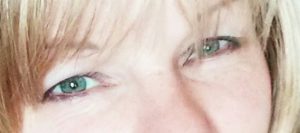
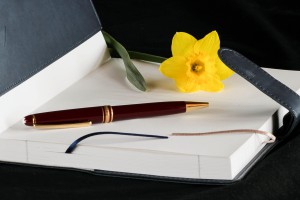
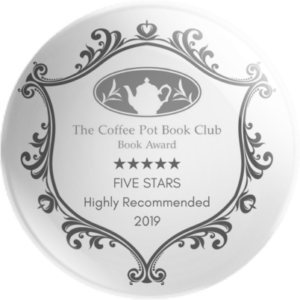
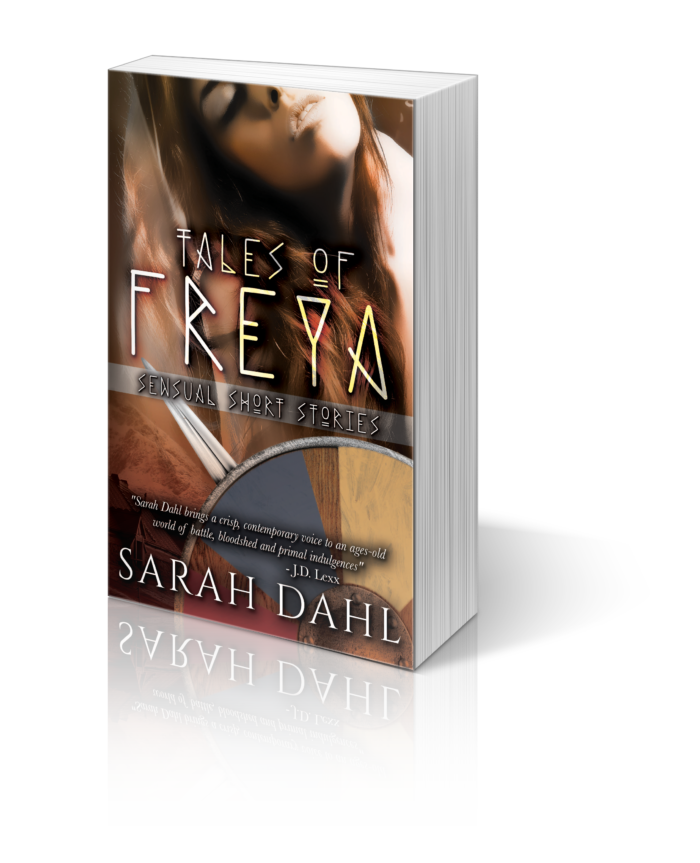
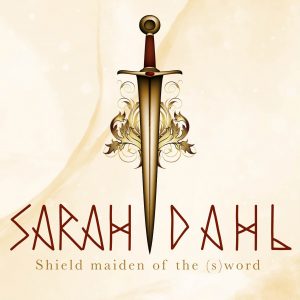
Comments (2)